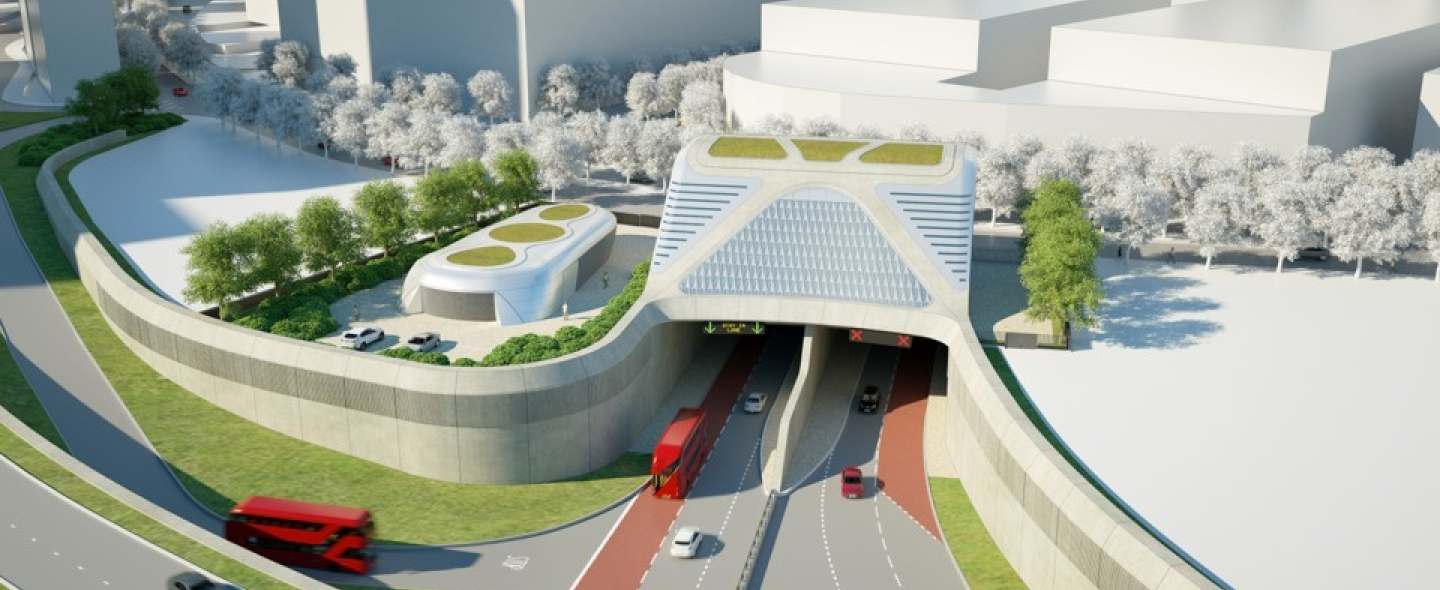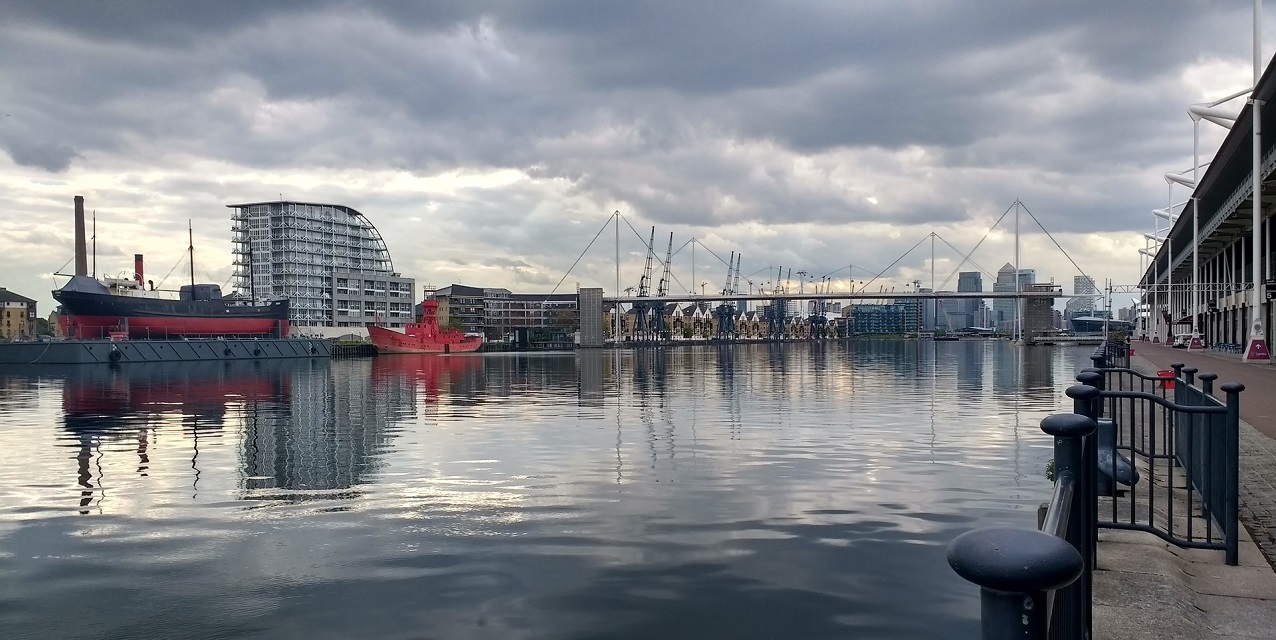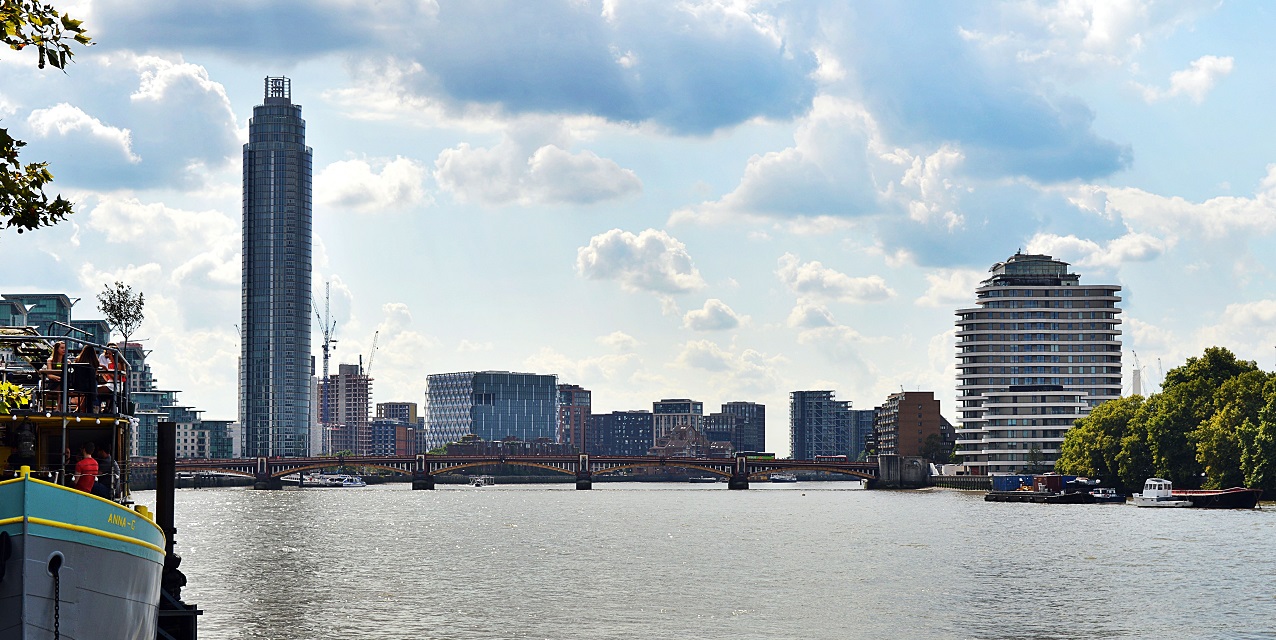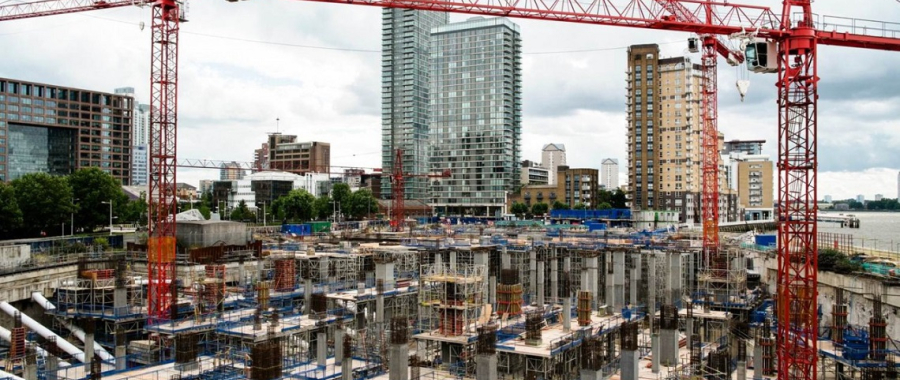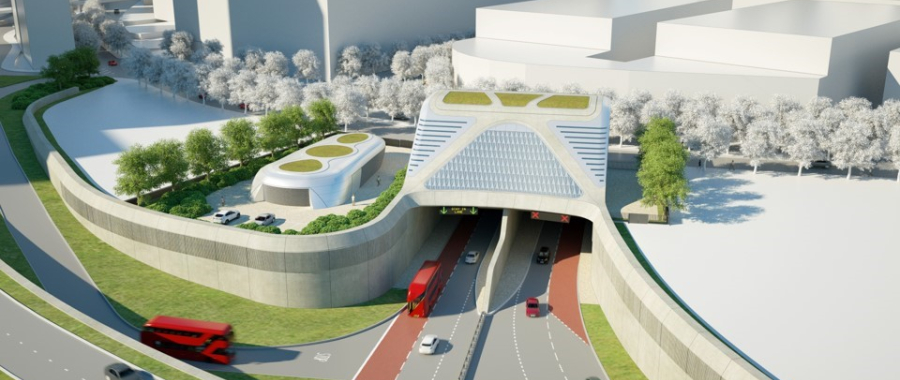To help Transport for London (TfL) understand the behaviour of existing assets prior to commencement of intrusive works for the Silvertown Tunnel construction project, SOCOTEC Monitoring provided extensive baseline monitoring systems as part of a wider TfL monitoring strategy.
Summary of Works
Client – Transport for London
Location - Silvertown, London

Case Study
Project and Site Background
The new Silvertown Tunnel will link the Greenwich Peninsula on the south of the River Thames and Silvertown in Newham to the north. It will connect the A1020 Silvertown Way/Lower Lea Crossing on the north side with the A102 Blackwall Tunnel approach on the south side, on an alignment similar to the Emirates Air Line cable car. The 1.4km twin-bore road tunnel aims to improve public transport options between east and south east London, support growth and the wider economy, reduce congestion at the Blackwall Tunnel and improve the reliability and resilience of the wider road network.
The proposed development will give rise to ground movements associated with shallow and deep excavations, and the operation of tunnel boring machines. The understanding and management of these movements, and their effects on surrounding buildings and structures, requires the provision of appropriate monitoring. This is to confirm the technical assumptions made during the design phase, and to provide assurance during the construction phase that the effects of ground movement on third party assets are acceptable.
The new Silvertown Tunnel will link the Greenwich Peninsula on the south of the River Thames and Silvertown in Newham to the north. It will connect the A1020 Silvertown Way/Lower Lea Crossing on the north side with the A102 Blackwall Tunnel approach on the south side, on an alignment similar to the Emirates Air Line cable car. The 1.4km twin-bore road tunnel aims to improve public transport options between east and south east London, support growth and the wider economy, reduce congestion at the Blackwall Tunnel and improve the reliability and resilience of the wider road network.
The proposed development will give rise to ground movements associated with shallow and deep excavations, and the operation of tunnel boring machines. The understanding and management of these movements, and their effects on surrounding buildings and structures, requires the provision of appropriate monitoring. This is to confirm the technical assumptions made during the design phase, and to provide assurance during the construction phase that the effects of ground movement on third party assets are acceptable.
As part of Transport for London’s Value Enhancement Specialist Framework Agreement, SOCOTEC Monitoring was contracted to carry out baseline structural and environmental monitoring on a range of third-party assets for a period of 12 months, as part of a wider TfL monitoring strategy.
The third-party assets requiring baseline monitoring included:
- the Docklands Light Rail Ltd (DLRL) viaduct and embankment, beneath which the Silvertown Tunnel will pass
- Southern Gas Networks (SGN) and Birch Sites Ltd retaining walls
- the Emirates Air Line Cable Car Towers, Ship Impact Protection Boom supports and the South Lift House
The primary purpose of baseline monitoring is to define the existing behaviour of an asset prior to commencement of intrusive works. In this case, monitoring factors such as seasonal and diurnal thermal effects as well as potential tidal influences in advance of works beginning is vital to allow improvements to be identified and applied to enhance operational delivery.
Dlr Viaduct and Embankment Monitoring System
As the excavations near to this asset are shallow, and the viaduct structure has deep piled foundations, the assumption was that there would be no impact to this asset caused by the Silvertown Tunnel project.
To confirm this assumption as true, and discern any potential effects, a monitoring system was designed to identify any movements which fall outside normal limits. The accuracy of monitoring is affected by many factors including railway operation, thermal effects on the structures and, possibly, tidal influences. Baseline monitoring was conducted to identify these factors and define what the ‘normal’ parameters are.
The DLRL viaduct and embankment assets were monitored using a combination of manual and automated monitoring techniques, including:
- Vibrating Wire (VW) strain gauges with internal thermistors
- Bar code precise levelling strips
- Prism targets
- Displacement transducers
- Post-mounted wireless tiltmeters
- Automated data collection – wireless node and gateway configuration
Southern Gas Networks and Birch Sites Monitoring System
The SGN and Birch Sites’ retaining wall assets required monitoring to measure vertical settlement and heave, rotational movement in two axes (parallel and perpendicular to the walls), and any widening of existing cracks and joints.
Provision was made for monitoring approximately 50 metres of the south wall, referred to as the Evening Standard Yard, and approximately 100 metres of the west wall that runs parallel to the Blackwall Tunnel approach road.
Semi-automated monitoring techniques were used, including:
- Levelling studs installed at 10m intervals along the length of both retaining walls to manually monitor vertical settlement and heave using precise levelling
- Automated tilt sensors for monitoring rotational movement
- Crack/joint monitoring by manual Avongard Tell-Tale monitors
Through the installation of automated tilt meters along the retaining wall, SOCOTEC Monitoring proposed undertaking monitoring surveys of the retaining wall for manual verification of movement. This removed the need for a costly and over-engineered Automated Total Station (ATS) system, which would require continuous mains power, a frequent maintenance regime and was more likely to result in theft, delivering cost savings for the client.
Upon establishment of the baseline survey grid, manual monitoring surveys commenced with daily readings to establish baseline datum values. Thereafter, survey monitoring was conducted at weekly intervals for the first two months and at fortnightly intervals for the remaining baseline monitoring period.
Monitoring System for Emirates Air Line Cable Car Towers, Ship Impact Protection Boom Supports and the South Lift House
Using a combination of manual and automated monitoring techniques, the Emirates Air Line cable car towers, ship impact protection boom supports and south lift house assets were monitored for:
- Vertical settlement using manual precise levelling
- 3D translational/rotational movement using manual observation of 3D geodetic prisms, parallel and perpendicular to the cableway route
- Flexure and tilt of the towers using automated monitoring with biaxial tilt sensors and vibrating wire strain gauges, parallel and perpendicular to the cableway route
In addition to the monitoring instrumentation, an automated tide gauge/radar water level sensor was installed near the south tower, enabling continuous tidal monitoring.
Data Communication, Visualisatuion and Interpretation
To avoid reliance on multiple data loggers at all monitoring locations, SOCOTEC Monitoring recommended a wireless data transfer system, with the data relayed from sensors via wireless nodes to a gateway receiver positioned at a convenient location at the site. The gateway was fitted with a modem for external communications and powered via mains connection.
While the hardware of the wireless option may appear more costly than the conventional cabled system, the additional cost was offset against savings made in the installation time and maintenance required for a cabled system, again providing cost saving benefits for the client.
The additional benefits of using a wireless data communication system, as opposed to a manual monitoring regime, also included fewer site technician visits (reducing whole life cost, CO2 emissions, improving health and safety impact of on-site work), increased monitoring accuracy and minimal use of cables, reducing potential points of system failure.
All data was delivered to the client via SOCOTEC Monitoring’s data visualisation portal, Calyx OMS, providing a central repository for instrumentation and monitoring information and automated reporting.

